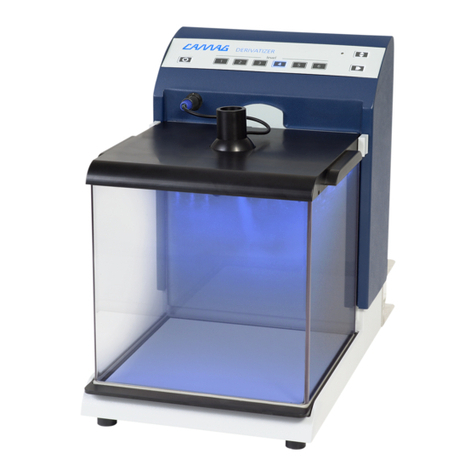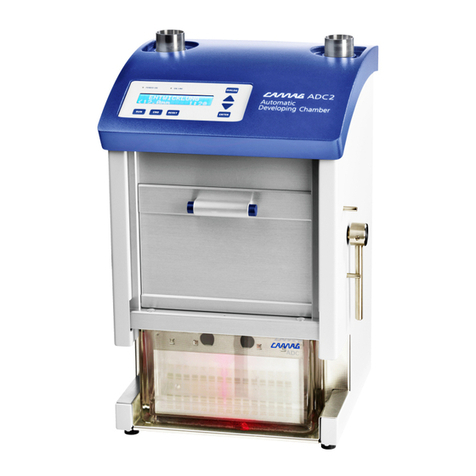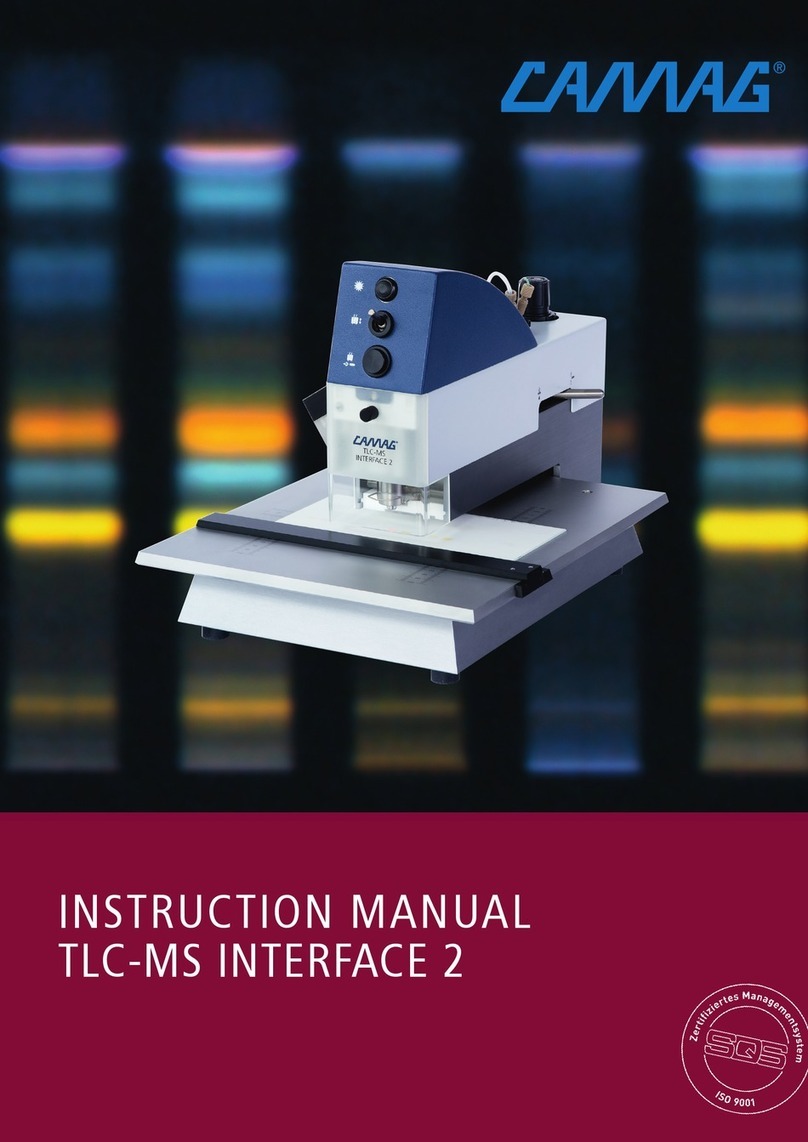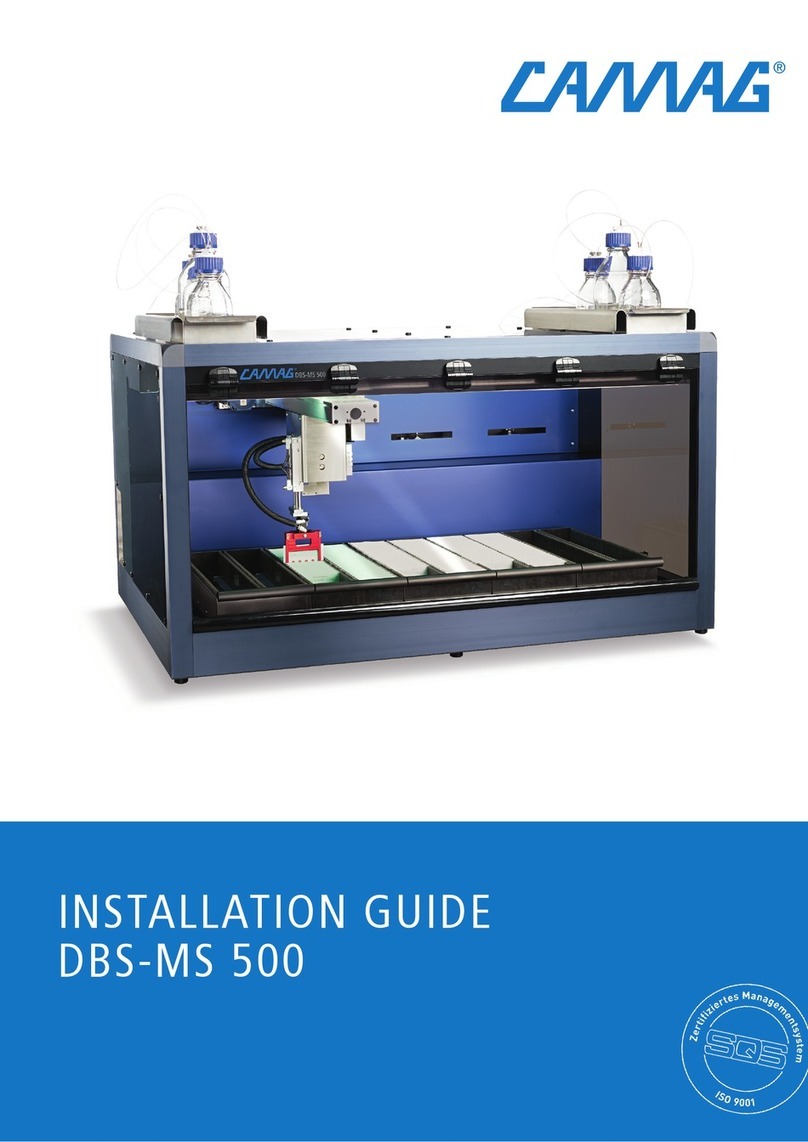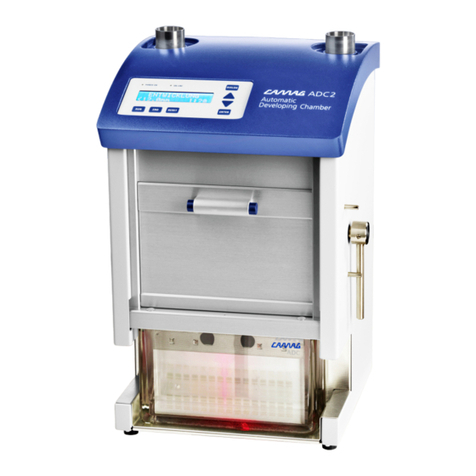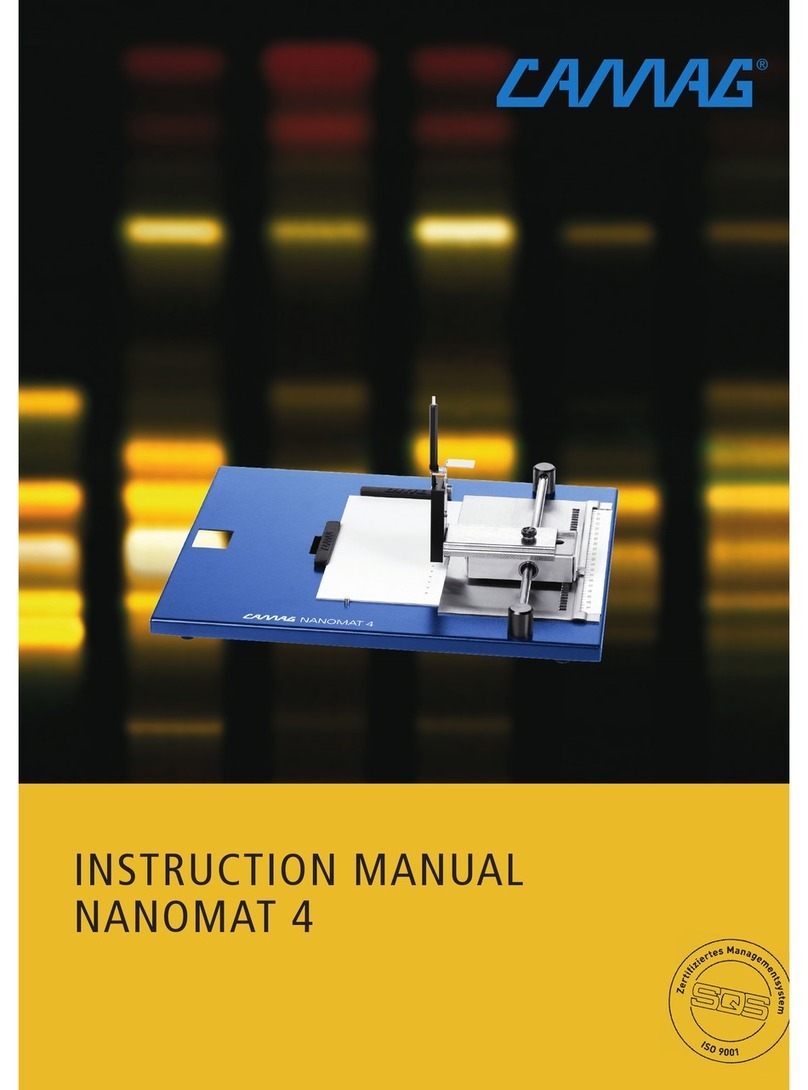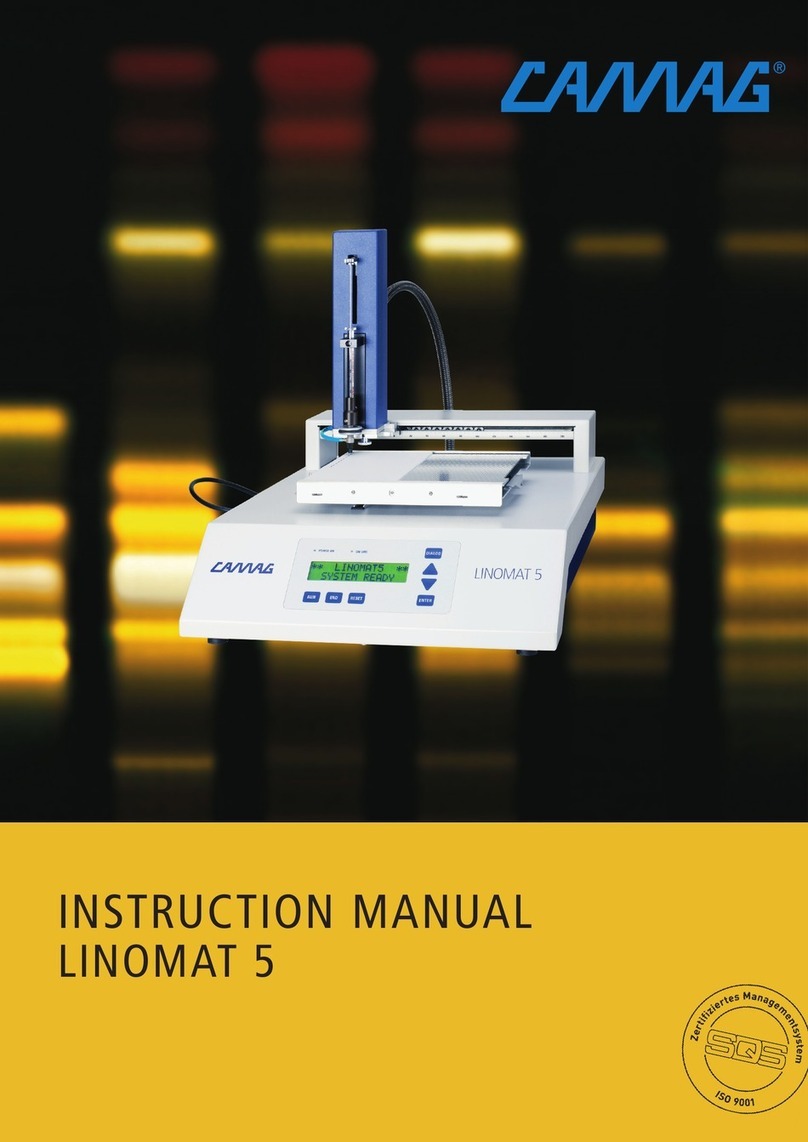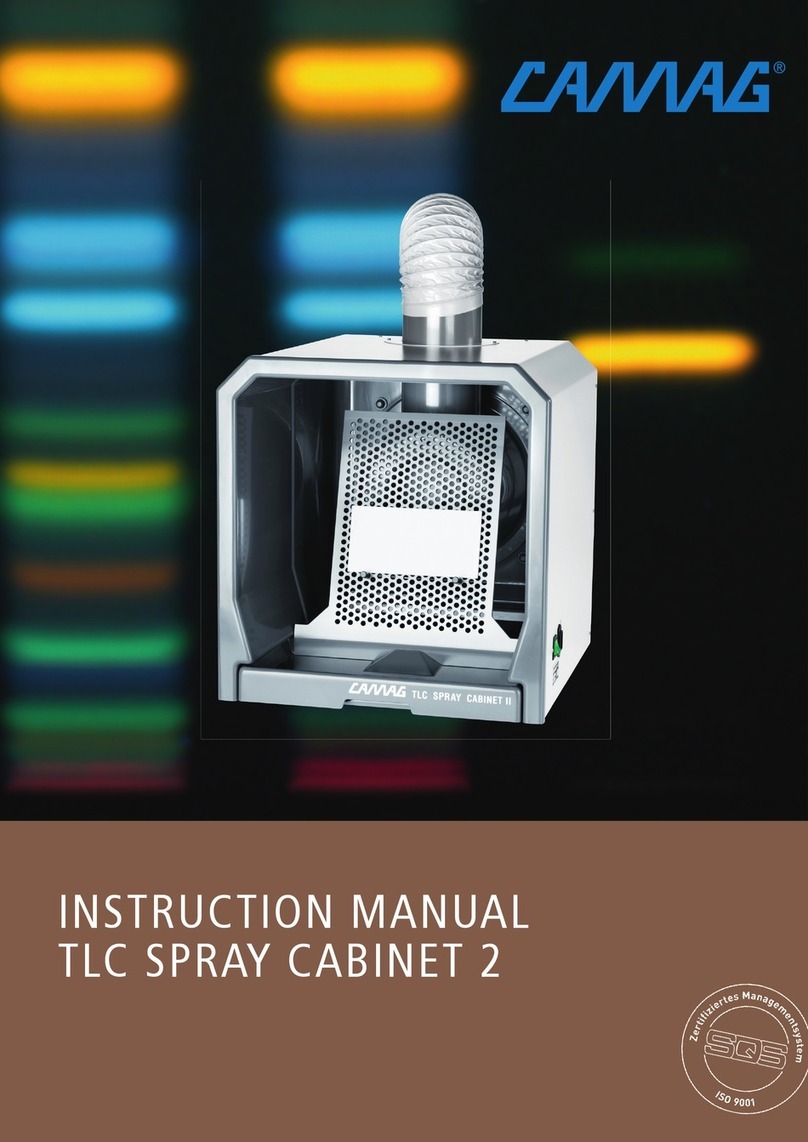
Introduction
Instruction Manual, Nov-18 1
Content
1Introduction.................................................................................................................................... 2
1.1 Precaution................................................................................................................................. 2
1.2 Parts supplied............................................................................................................................ 4
1.3 Further accessories.................................................................................................................... 4
Edwards vacuum pump..................................................................................................................... 4
Vacuum connection kit ..................................................................................................................... 5
Additional metal vacuum hose.......................................................................................................... 5
Spare bottle set for AMD 2 ............................................................................................................... 5
2Unpacking/Installation .................................................................................................................. 5
3Getting started ............................................................................................................................... 7
3.1 The AMD 2 ............................................................................................................................... 7
Display and function of keys ............................................................................................................. 7
3.2 Filling the bottles ...................................................................................................................... 9
Conditioning bottle (A) ..................................................................................................................... 9
Waste bottle (B) ................................................................................................................................ 9
Solvent bottles (1-5).......................................................................................................................... 9
3.3 Initial rinsing ............................................................................................................................. 9
3.4 Insert a plate ........................................................................................................................... 10
4Application hints.......................................................................................................................... 11
4.1 Universal gradient ................................................................................................................... 11
4.2 Gradient optimization ............................................................................................................. 13
4.3 Remarks.................................................................................................................................. 13
5Maintenance and Service ............................................................................................................ 15
5.1 Cleaning ................................................................................................................................. 15
5.2 Decontamination .................................................................................................................... 15
5.3 User maintenance ................................................................................................................... 16
5.4 Service Maintenance ............................................................................................................... 17
5.5 Maintenance data sheet.......................................................................................................... 17
5.6 Troubleshooting...................................................................................................................... 18
6Technical data............................................................................................................................... 19
Declaration of Conformity (DoC)
